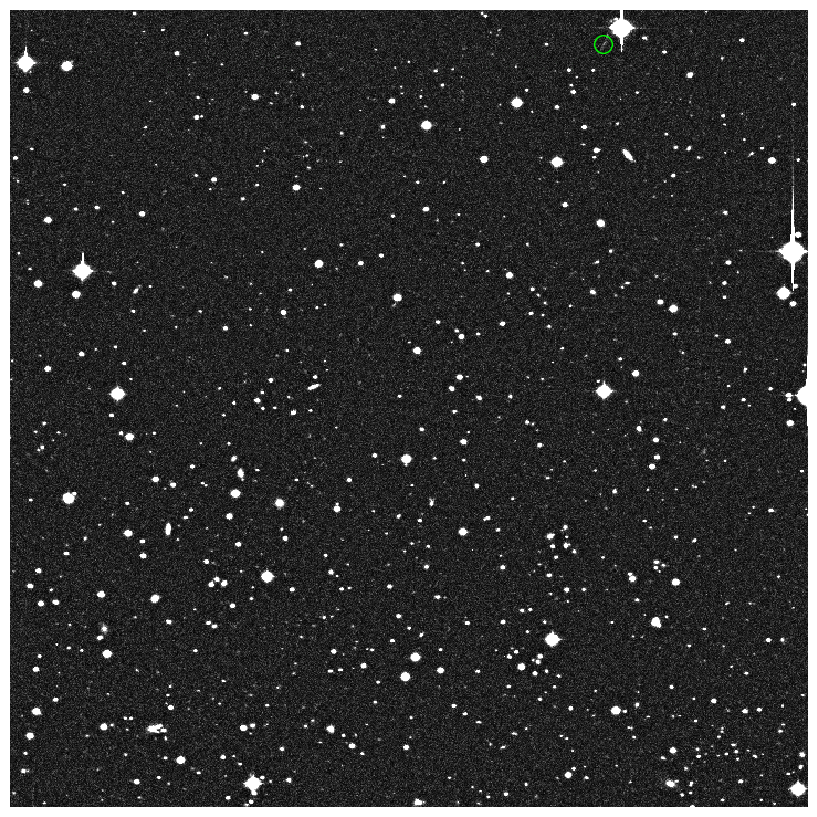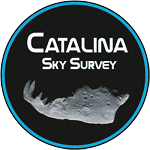Daily Minor Planet
Asteroids, also known as minor planets, are the rocky remnants of the material that formed the planets of our solar system. The Daily Minor Planet Project needs your help to look through images collected by the Catalina Sky Survey for main-belt and near-Earth asteroids that slip through its detection system.
Our software has systematically identified candidates for you to validate. Most of these candidates are noise or other objects masquerading as asteroids. We need you to spot the real asteroids among the data hiccups. Maybe you will discover a whole new world!
project task
Examining images
DIVISION
Solar System
WHERE
Online
LAUNCHED
2023
What you'll do
- Examine sequences of images showing the same patch of sky on different dates. Asteroid candidates have been circled in these images.
- Click “yes” or “no” to indicate whether what you see really is an asteroid.
- Interact with other volunteers on the project’s TALK bulletin board.
Requirements
- Time to get started: 5-15 minutes to complete the tutorial.
- Equipment: Web-connected device.
- Knowledge: None. An in-project tutorial provides all instruction needed.
Get started!
- Visit the project website.
- Click on yellow “Validate” button or the “Classify” tab in the upper right.
- Complete the project tutorial.
- Start looking at images of stars and possible moving objects!
Learn More
You’ll find more background information about asteroids and planetary defense on the project’s Research page. You can also visit the Catalina Sky Survey website to learn more about the ongoing survey that collects the images.
You can follow the Catalina Sky Survey on Facebook and X!
Do you prefer to work with a group? You might be interested in joining the International Astronomical Search Collaboration (IASC). The IASC works with school groups and other community groups, sending them their own packets of data to search for asteroids moving across the background of stars.































